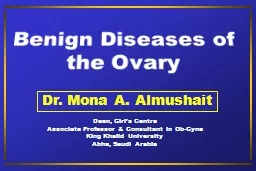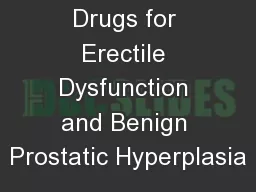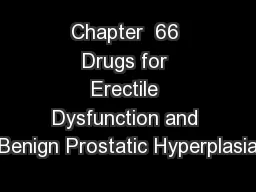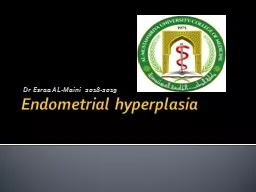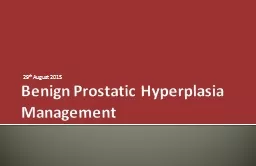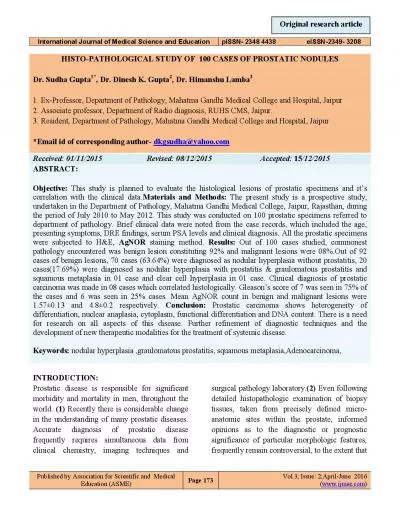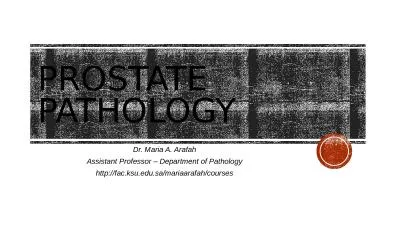PPT-Update on Benign Prostatic Hyperplasia
Author : pasty-toler | Published Date : 2015-10-26
William I Jaffe MD Assistant Professor of Urology in Surgery Penn Presbyterian Medical Center University of Pennsylvania Health System Nobel Prize Winners in Urology
Presentation Embed Code
Download Presentation
Download Presentation The PPT/PDF document "Update on Benign Prostatic Hyperplasia" is the property of its rightful owner. Permission is granted to download and print the materials on this website for personal, non-commercial use only, and to display it on your personal computer provided you do not modify the materials and that you retain all copyright notices contained in the materials. By downloading content from our website, you accept the terms of this agreement.
Update on Benign Prostatic Hyperplasia: Transcript
Download Rules Of Document
"Update on Benign Prostatic Hyperplasia"The content belongs to its owner. You may download and print it for personal use, without modification, and keep all copyright notices. By downloading, you agree to these terms.
Related Documents



